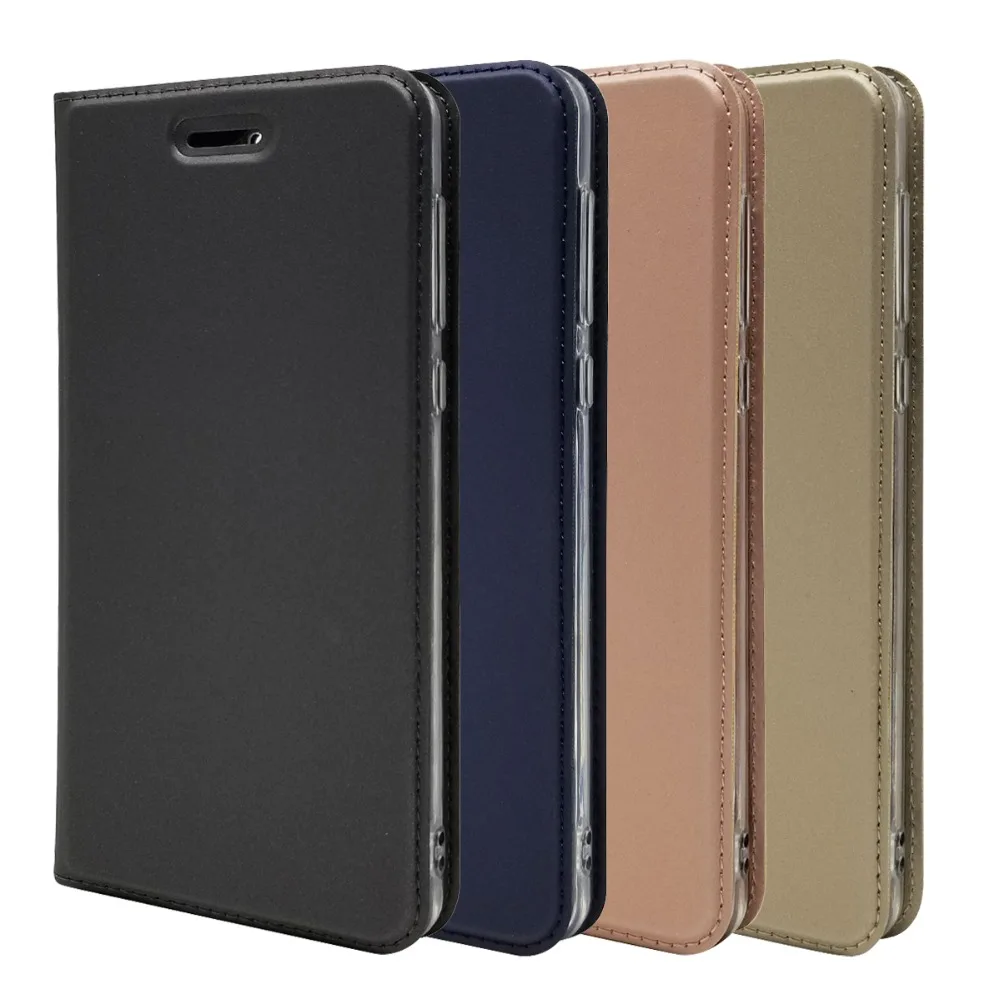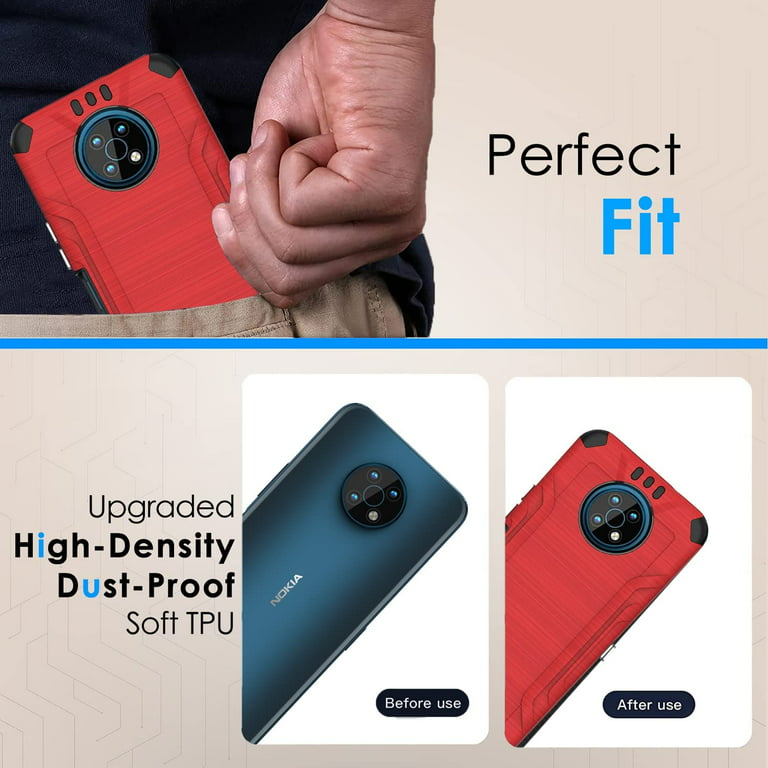
Amazon.com: Nokia 6.1 Case, SATURCASE Beautiful 3D Pattern PU Leather Flip Magnet Wallet Stand Card Slots Protective Case Cover with Hand Strap for Nokia 6.1 (TD-1) : Cell Phones & Accessories

Amazon.com: Nokia 6.1 Wallet Case, Premium PU Leather Magnetic Flip Case Cover with Card Holder and Kickstand for Nokia 6 2018 : Cell Phones & Accessories

Amazon.com: DodoBuy Shiny Case for Nokia 6.1, Glitter Magnetic Flip Wallet Cover PU Leather with Card Slots Stand Wrist Strap - Pink : Cell Phones & Accessories

Amazon.com: Nokia 6.1 Wallet Case, Premium PU Leather Magnetic Flip Case Cover with Card Holder and Kickstand for Nokia 6 2018 : Cell Phones & Accessories
![Amazon.com: Aipyy Nokia 6.1 + Plus Brown Protection Wallet Case, [Card Slots] PU Leather Wallet Case Magnetic Stand Flip Case with Wrist Starp Cover for Nokia 6.1 + Plus Brown : Cell Phones & Accessories Amazon.com: Aipyy Nokia 6.1 + Plus Brown Protection Wallet Case, [Card Slots] PU Leather Wallet Case Magnetic Stand Flip Case with Wrist Starp Cover for Nokia 6.1 + Plus Brown : Cell Phones & Accessories](https://m.media-amazon.com/images/I/61vKMKJpkOL._AC_UF894,1000_QL80_.jpg)
Amazon.com: Aipyy Nokia 6.1 + Plus Brown Protection Wallet Case, [Card Slots] PU Leather Wallet Case Magnetic Stand Flip Case with Wrist Starp Cover for Nokia 6.1 + Plus Brown : Cell Phones & Accessories

Amazon.com: for Nokia 6.1 Case, Premium Magnetic PU Leather Cover with Card Holder and Kickstand, Fashion Flip Case for Nokia 6 2018 5.5 inches : Cell Phones & Accessories

For Nokia 6.1 case ultra-thin magnetic pu leather wallet flip stand case cover for nokia 6.1 case cover

Amazon.com: for Nokia 6.1 Plus Case, Fashion Multicolor Magnetic Closure Leather Flip Case Cover with Card Holder for Nokia X6 (5.8”) : Cell Phones & Accessories

TJS Phone Case for Nokia G300 5G (N1374DL), Dual Layer Shockproof Brushed Armor Magnetic Metallic Phone Case Cover (Black) - Walmart.com

Amazon.com: Nokia 6.1 Wallet Case, Premium PU Leather Magnetic Flip Case Cover with Card Holder and Kickstand for Nokia 6 2018 : Cell Phones & Accessories
![Nagebee Phone Case Compatible for Nokia G100 with Tempered Glass Screen Protector (Full Coverage), Full-Body Protective [Military-Grade], Magnetic Car Mount Ring Holder Heavy-Duty Durable Case (Red) - Walmart.com Nagebee Phone Case Compatible for Nokia G100 with Tempered Glass Screen Protector (Full Coverage), Full-Body Protective [Military-Grade], Magnetic Car Mount Ring Holder Heavy-Duty Durable Case (Red) - Walmart.com](https://i5.walmartimages.com/asr/aac67f0d-8cb5-4eac-a184-3d27980f29dc.0c080cf344dbd1839860f2f76655d325.jpeg?odnHeight=768&odnWidth=768&odnBg=FFFFFF)
Nagebee Phone Case Compatible for Nokia G100 with Tempered Glass Screen Protector (Full Coverage), Full-Body Protective [Military-Grade], Magnetic Car Mount Ring Holder Heavy-Duty Durable Case (Red) - Walmart.com

Amazon.com: for Nokia 6.1 Case, Premium Magnetic PU Leather Cover with Card Holder and Kickstand, Fashion Flip Case for Nokia 6 2018 5.5 inches : Cell Phones & Accessories

Amazon.com: for Nokia 6.1 Plus Flip Cover, Magnetic Buckle Multicolor Business PU Leather Phone Case with Card Slot, for Nokia X6 5.8 inches : Cell Phones & Accessories

Amazon.com: Nokia 6.1 Plus Wallet Case, Premium PU Leather Magnetic Flip Case Cover with Card Holder and Kickstand for Nokia X6 : Cell Phones & Accessories

TJS Phone Case for Nokia G50 5G 6.82", with Tempered Glass Screen Protector Dual Layer Shockproof Brushed Armor Magnetic Metallic Phone Case Cover (Red) - Walmart.com

for Nokia 6.1 Plus Case X6 7.1 x7 8.1 Tempered Glass Magnetic Ring Holder Phone Case for NOKIA 7 7.1 Plus Back Cover Capa - AliExpress

Amazon.com: Nokia 6.1 Case, Oxford Leather Wallet Case with Soft TPU Back Cover Magnet Flip Case for Nokia 6 2018 : Cell Phones & Accessories

Protective Cover | Magnetic Stand | Case | Mobile Phone Cases Covers - Silicone Shockproof - Aliexpress







